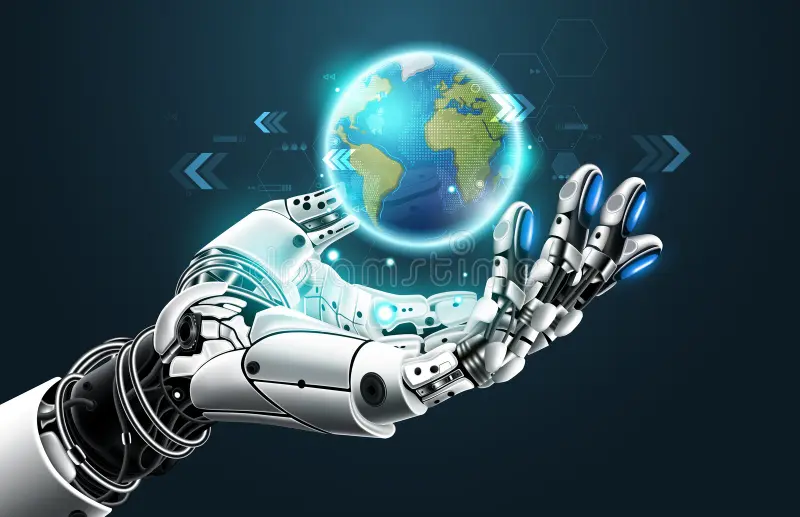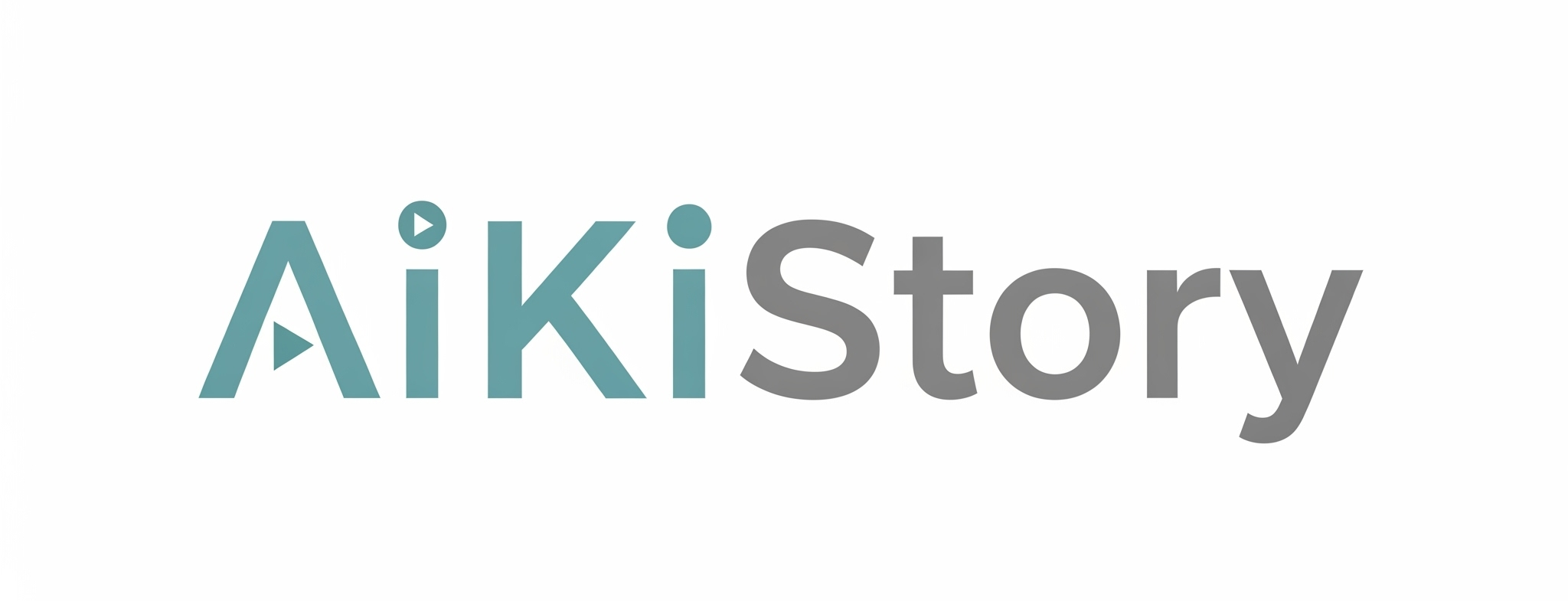
AI Engineering and MLOps: Building Reliable and Scalable AI Systems
Artificial Intelligence (AI) has made huge progress in recent years, but building a model in a research lab is very different from using it in the real world. This is where AI Engineering and MLOps come into play. Together, they ensure that AI systems are not only powerful but also reliable, scalable, and production-ready. Without these practices, AI projects often remain stuck at the prototype stage, failing to deliver real value.
What AI Engineering Is About
AI engineering focuses on transforming AI models into practical applications. Researchers may design advanced models, but without engineering, they often remain limited to experiments. AI engineers step in to make these models usable and efficient by handling tasks such as:
-
Writing optimized and production-level code
-
Testing models for accuracy, bias, and performance
-
Deploying them into real-world environments (apps, APIs, cloud systems)
-
Scaling systems to handle thousands or even millions of users
For example, imagine a research team creates a highly accurate image recognition model. Without engineering, it might only work on a small dataset in the lab. An AI engineer can convert it into a mobile app that helps doctors detect diseases from medical scans at scale. This bridge between research and application is the core value of AI engineering.
Many companies rely on cloud-based services like Google Cloud AI to scale their AI engineering efforts, allowing them to build and deploy models more efficiently.
The Role of MLOps
MLOps, short for Machine Learning Operations, is often described as “DevOps for AI.” It combines data science, software engineering, and IT operations to ensure that AI systems run smoothly over time.
With MLOps practices, teams can:
-
Train and retrain models automatically as new data becomes available
-
Deploy models into production quickly and securely
-
Monitor performance in real time to detect errors or data drift
-
Update models continuously so they don’t become outdated
For example, an e-commerce recommendation system powered by AI may need retraining every week as new products, trends, and customer behaviors change. Without MLOps, the model could become inaccurate or biased. With MLOps, the process of retraining, validating, and deploying happens automatically—keeping the system relevant and trustworthy.
Cloud platforms such as Microsoft Azure AI offer ready-made MLOps pipelines that help businesses automate these tasks.
Why AI Engineering and MLOps Matter for Businesses
Many AI projects fail because they never move beyond prototypes. According to industry studies, up to 80% of AI projects don’t make it to production. The main reasons include lack of scalability, unreliable results, and high maintenance costs.
Businesses need AI systems that are:
-
Scalable – able to grow as demand and data increase
-
Reliable – consistently delivering accurate, explainable results
-
Cost-efficient – optimized for hardware, cloud, and time resources
For instance:
-
Healthcare: Hospitals adopting AI diagnostic tools must ensure they work consistently across diverse patient populations.
-
Finance: Banks require models for fraud detection that stay updated as new fraud patterns emerge.
-
Retail: Online stores need recommendation systems that scale during seasonal traffic spikes.
Companies adopting IBM AI Engineering practices reduce risks, save operational costs, and guarantee that their AI delivers measurable long-term value.
How AI Engineering and MLOps Work Together
Although different in focus, AI engineering and MLOps complement each other:
-
AI Engineering → Builds, optimizes, and deploys AI models.
-
MLOps → Automates, maintains, and monitors those models in production.
Think of AI engineering as building the car, and MLOps as maintaining it on the road. One without the other is incomplete.
Challenges in AI Engineering and MLOps
Even with best practices, organizations face challenges such as:
-
Data Quality – Poor or biased data can undermine even the best engineering.
-
Complexity – Integrating AI into legacy systems is difficult.
-
Security and Compliance – AI must meet legal and ethical standards.
-
Talent Gap – Skilled AI engineers and MLOps specialists are in high demand.
Overcoming these challenges requires not just technical skills but also a strong culture of collaboration across teams.
The Future of AI Development
As AI adoption accelerates, the demand for AI engineers and MLOps specialists will continue to grow. These roles will be critical for bridging the gap between AI research and industry-scale deployment.
In the future, companies that invest in strong AI engineering and MLOps pipelines will:
-
Deliver AI applications faster than competitors
-
Build trust with transparent, reliable systems
-
Scale innovations across industries like healthcare, finance, and education
Ultimately, trustworthy and scalable AI will shape how deeply this technology integrates into everyday life. Organizations that treat engineering and operations as a priority will lead the next wave of AI transformation.
Conclusion
AI engineering and MLOps are not just technical buzzwords—they are the backbone of successful AI adoption. While researchers design powerful models, it’s engineering that makes them practical, and MLOps that keeps them alive in production. Together, they ensure that AI is scalable, reliable, and impactful in the real world.
The companies that embrace these practices today will define the future of AI tomorrow.


